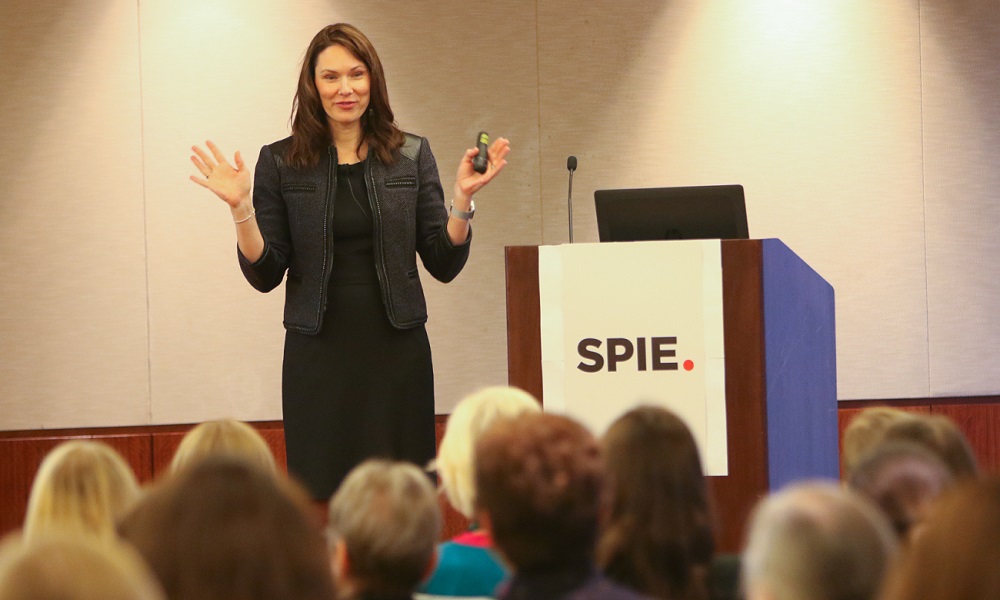Paper 13369-72
Design of grating coupler with large and flat illumination farfield profile for FMCW flash LIDAR
Abstract
Thanks to their application in facial recognition, obstacle detection and tracking, Light Detection and Ranging (LIDAR) systems have shown a growing interest in the past decade. Among these active imaging technologies, Frequency Modulation Continuous Wave (FMCW) takes advantage of the laser source coherence, granting a high immunity to ambient light of the 3D imaging system. This method based on heterodyne detection consists indeed of separating and then recombining a time varying frequency laser beam. The split beam illuminating the scene undergoes a delay compared to the reference beam resulting in a beating signal formation on the detector after recombination. Moreover, pairing FMCW with a flash illumination (simultaneous illumination of the whole scene) instead of a scanning technique, offers many benefits such as potential higher frame rate due to parallel detection or absence of moving parts in the system. The full integration of this system would reduce fabrication costs and increase both scalability and compactness. For now, this still remains a challenge to address. This paper presents an integrated design for the emission optics on a photonic chip, responsible for both functions: beam separation and scene illumination. An apodized grating coupler with few periods provides large horizontal and vertical illumination field, homogeneous far field profile and emission perpendicular to the chip. The parameters of the grating coupler are numerically optimized to maximize the simulated performances in the near infrared. The beam separation ratio can also be adjusted with the grating coupler efficiency in order to gather the two optical functions in one component, which is not possible with bulk optics.
Presenter
CEA-LETI (France)
Paul Camus received the M.S. degree MPHOT (PHOTonics for nanosciences and live sciences) from the University of Strasbourg, France and the Engineer diploma from the engineering school Télécom Physique Strasbourg, France, both in 2023 with the double diploma program. He is currently a PhD student from the University of Grenoble supervised by Prof. Eric Lacot and Laurent Frey at CEA Leti. His research interests are in integrated optics and metrology.


